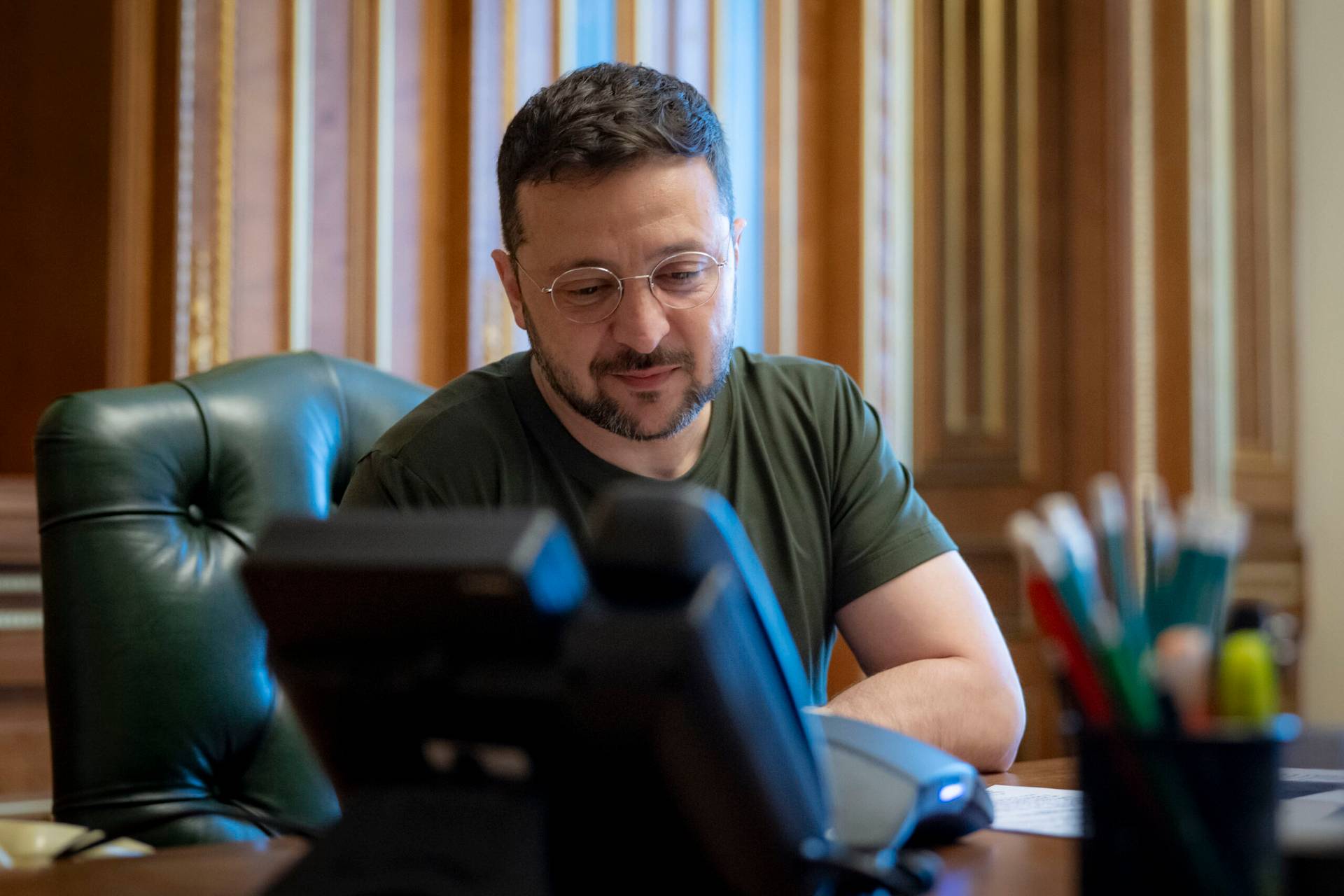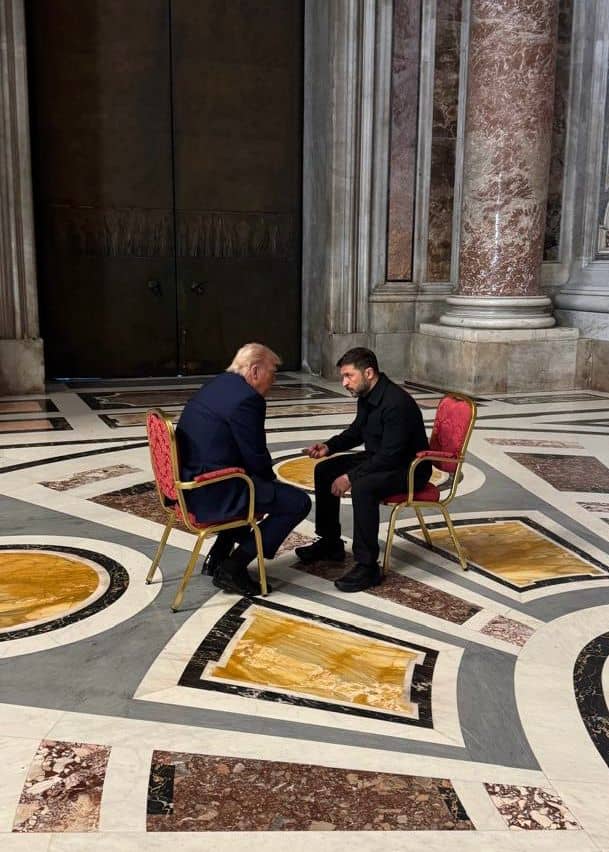A new cemetery providing natural burials was recently opened in the Netherlands after years of preparation. The Trappistine Sisters of the Abbey of Koningsoord came up with the idea as a place of consolation and of connection, and of course as a final resting place.
‘Peaceful’ is the correct term to describe the brand-new cemetery, called ‘Koningsakker’ (King’s Field), surrounded by trees, sunshine and wind. On the southern side of the cemetery, twenty Trappistine Sisters of the Abbey of Koningsoord (close to Arnhem in the east of the Netherlands) are living as silent guardians of the dead.
A natural cemetery doesn’t use vaults and allows the bodies of those buried there to decompose naturally in the soil.
At the moment only four people are buried in the cemetery, but dozens of people already reserved their spot.
Sister Pascale, 51, is the economist of the abbey and the project manager of the natural cemetery. She opens the doors to the meeting room in the former silo on the first floor of the abbey store. The view of the cemetery from over here is even more impressive.
“We are actually pretty proud of it,” she said. “Of the project and of the fact that we as sisters, with the help of a lot of experts, were able to create this cemetery.”
In the meantime, Abbess Julian, 75, is making coffee and tea.
“We took on a big responsibility,” she said. “Nature is given all the space it needs, and the graves will always remain intact, even in the event the abbey disappears in the future. That has been all put in writing. Life and death are closely connected here, to each other and to nature.”
Riny Bergervoet is the cemetery’s location manager. Together with a team of five people, she gives information to prospective clients, gives tours and will be responsible for the building where the reception room will be housed, which is due to open in 2020.
“Natural burials are a perfect fit for this day and age,” Bergervoet said. “At the end of their lives, people are looking for connection with the ground they came from and on which they are living. Close to the abbey, people find the sense of belonging that they need. Choosing this as a resting place is a testimony to one’s identity. People know that we are praying for them on a daily basis, which they find very uplifting.”
According to Bergervoet and the sisters, more and more people are preferring cremation over a burial, because they don’t want to burden their children with taking care of a grave. The natural cemetery offers them an alternative. People take their time choosing a spot. Couples often visit together and go for long walks. They want to see whiat a certain spot looks like in summer, or in winter.
“Life and death come together at a moment like this. Of course, emotions flow freely, and that’s completely fine,” said Bergervoet.
The Trappistine Sisters follow the Rule of St. Benedict, where silence, prayer and work are central elements. They also need to support themselves financially. Therefore, the sisters have been running, among other things, a book bindery and a restoration workshop.
The cemetery is also meant to generate an income for the upkeep of the nature reserve and the abbey. The Dutch sisters were inspired by their counterparts in the United States, The Trappistine Sisters of the Abbey of Our Lady of the Holy Cross in Virginia, who have been running a natural cemetery for years.
“We thought the idea fitted in perfectly with our way of life: Silence, prayer, and a sober life connected to nature are important parts of it,” explained Sister Pascale.
Six years ago, the sisters were able to buy what was previously private land. What followed was a long and complex process, in which development plans were changed and all sorts of legal hurdles had to be overcome.
“At first we meant to open a Roman Catholic cemetery, but there were a lot of issues involved with that in terms of regulations,” said Sister Julian.
“One of the reasons was that we’re not a parish. In the end, a public cemetery turned out to be a better reflection of our intentions. It reflects beautifully what has been said by St. Benedict: ‘Welcome every guest like Christ.’ We don’t want to be large landowners, but to share everything we have,” the abbess said.
Everybody is welcome at the cemetery, regardless of faith or national origin, providing people respect each other’s beliefs. It is possible, of course, to hold a Catholic ceremony. The natural cemetery is divided in four fields called Spring, Summer, Autumn and Winter. This layout was inspired by the courtyard garden of the abbey, the hortus conclusus (‘walled garden’), which also consists of four quadrants.
Every season has its own characteristics and therefore its own charms: Rye is cultivated on the summer field, the spring field is full of fruit trees, heath is cultivated on the autumn field, and several trees have been planted on the winter field. The seasons can be compared to the different phases of a human life: Birth, adolescence, old age, and death.
The natural cemetery is sustainable in every sense of the word. Ample space is given to all graves, and the disturbance to nature is kept to a minimum. The coffin, basket or urn needs to be made of biodegradable material. Clothing and funeral shrouds may be made out of linen, jute, hemp and wool. To mark a grave, a wooden disc with an inscription may be placed next to it.
A sunny afternoon is the perfect time to take a walk around the fields of the natural cemetery: As a means of reflecting on things to come, but also as a form of relaxation. If walking is difficult, an electric golf cart is available. The property’s former stables are being transformed into a chapel with a statue of Our Lady, since it’s against the rules to burn candles in the open fields. Even this little detail has been taken into account.
The location of the cemetery is charged with history: It is the location of part of the Battle of Arnhem in World War II, chronicled in the book and film “A Bridge Too Far.”
During a mandatory survey of the land to check for unexploded ordinance left over from the war, the residue of trenches and foxholes were found, the outlines of which have been marked for posterity. Here and there, poppies grow in the fields.
“All in all, it’s a great adventure,” Sister Pascale said, speaking about the cemetery project.
“It was the strength of our community which made us decide to go for it. We feel that this is the way forward for us.”
This article was originally published in the Dutch Catholic weekly Katholiek Nieuwsblad on August 30, 2019. It was translated for Crux by Susanne Kurstjens – van den Berk.
















